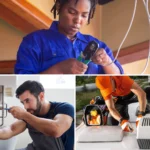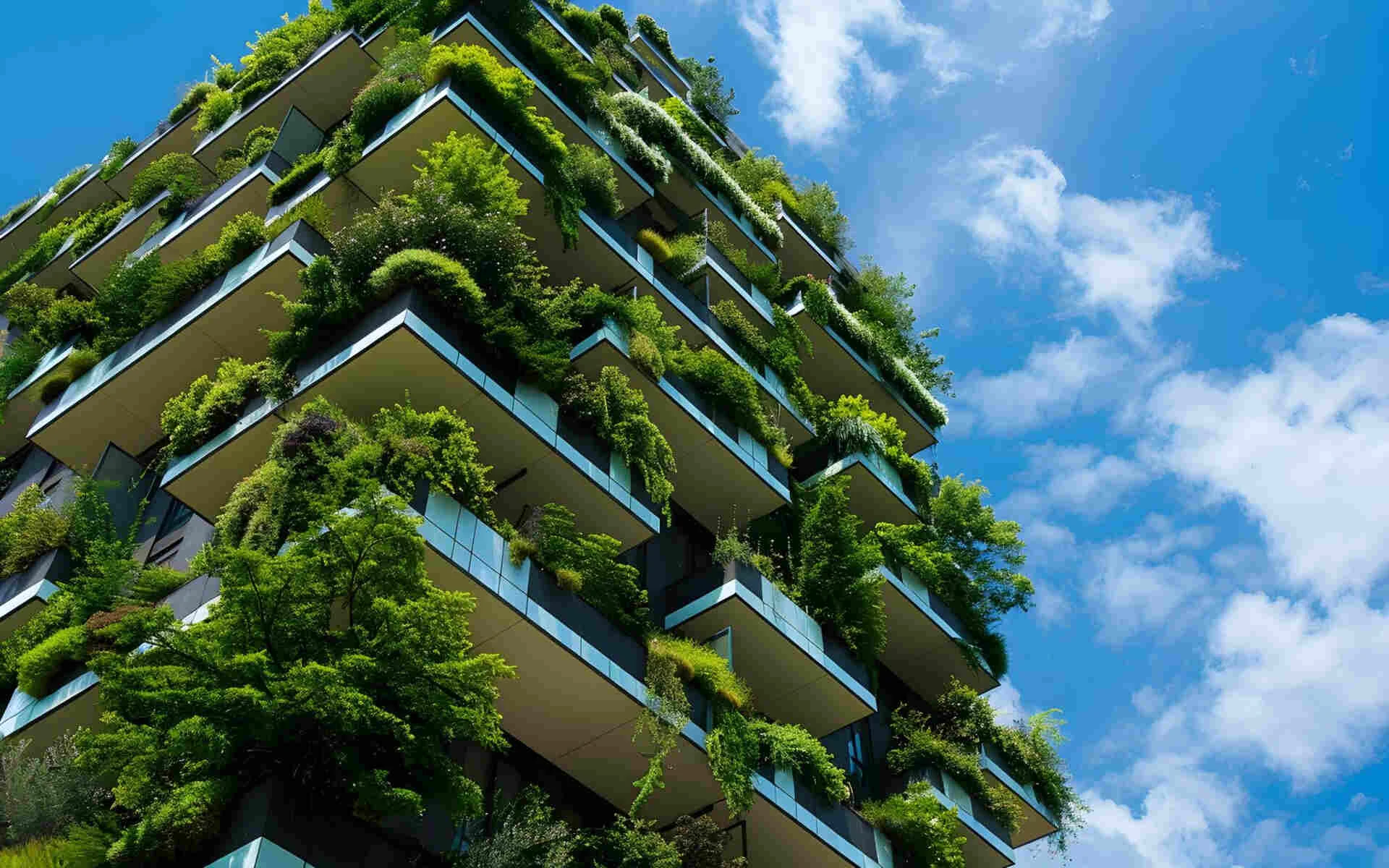Key takeaways:
- The LEED v5 standard recently came out. It’s one of the many building certification programs around.
- These programs are getting more data-driven, helping building managers achieve clear ROI when focusing on energy-efficient solutions.
- Building standards can lead to more jobs for electrical and HVAC contractors, such as planning, assessing, or implementing solutions that cut carbon emissions and improve occupants’ comfort.
Did you know LEED-certified buildings can generate 11% more in rent?
Besides earning higher revenues, sustainable buildings directly support business goals like cutting carbon emissions and creating a better environment for the occupants.
LEED building standards aren’t the only framework pushing for change. Many organizations are developing similar guidelines, and property managers now have more options than ever regarding following structured and data-driven frameworks for better buildings.
As an electrical or HVAC contractor, these building certification programs are an opportunity worth exploring.
What’s New with the LEED v5 Standard?
The U.S. Green Building Council released LEED v5 in April 2025, the latest update in its popular building standard. This new version has a lot in common with previous frameworks, but it emphasizes a few concepts:
- Reducing emissions (especially from HVAC systems) to achieve decarbonization.
- Improving quality of life for the occupants, with a focus on their health and well-being.
- Looking at ecological conservation and restoration in the context of how the building interacts with the environment.
LEED v5 also includes guidelines for improving resilience in extreme events. Property owners can use this standard to measure the social impact of their commercial buildings. This standard will be updated in five years, creating a clear path toward long-term improvements.
The U.S. Green Building Council also focuses on sustainability upgrades that lead to tangible ROI with LEED v5.
Typically, LEED-certified buildings see:
- Better market sales prices (21.4% higher).
- Higher rent rates (as much as 11% more).
- More varied and appealing financing options.
Sustainability Frameworks for Buildings: A Broader Trend
LEED building standards aren’t the only sustainability framework supporting greener and better buildings. Standards and certification systems are maturing and gaining traction across the board. As more buildings achieve certification, there will be more use cases demonstrating the benefits of energy-efficient upgrades.
Let’s look at a few notable examples:
- The U.S. Environmental Protection Agency’s Energy Star program uses a rating scale for energy efficiency and a digital tool for calculating it.
- Passive House targets heating and cooling efficiency and comfort. The data-backed recommendations guide building owners toward solutions with strong ROI.
- Building Research Establishment Environmental Assessment Methodology (BREEAM) examines energy consumption, water management, and waste reduction. It’s a great option for those looking for a broader definition of building performance.
- WELL emphasizes occupants’ well-being. It’s a popular option among businesses with a culture that values holistic health.
- Green Globes, a building standard from the Green Building Initiative, uses a point-based system. It’s worth noting that buildings become eligible for financial incentives and can use dedicated software to track and measure their progress.
Opportunities for Electrical and HVAC Contractors
All these building certifications mean:
- More data sets and tools are available to measure and improve building performance. This creates a strong case for building upgrades and helps customers make better decisions.
- However, it’s a fragmented environment. Building managers often struggle with picking a program.
- Having several choices is a good thing. It makes it easier to find a framework that aligns with business goals. For instance, a property owner looking to save money might choose the Energy Star or Passive House certification path. In contrast, a property management company focusing on holistic health could choose a WELL certification.
These frameworks create exciting opportunities for contractors. Because building rating systems are complex and require advanced planning, property owners and managers seek partners as they select, implement, and maintain certifications.
Once you gain some expertise in sustainable building certifications, you can explore growth in different areas:
- New construction, through partnerships with architects and property developers.
- Retrofits for existing buildings are a strong market, given that many property managers prioritize upgrades over new construction due to high material and labor prices.
- Buildings also need maintenance services from an expert who understands what it takes to maintain sustainability certification. This is a great example of a value-added business model, positioning yourself as a partner for compliance and improved building operations.
- With many building standards receiving updates after a few years, you can help upgrade sustainable buildings to achieve the next level of certification.
- Energy assessments are in high demand, especially if you can help calculate the carbon footprint and building performance.
Lastly, offering new services in these electrical and HVAC areas makes you an ideal partner for sustainability efforts:
- Energy management solutions, such as smart sensors or energy management software.
- Electrification technologies are a great option for cutting back on carbon emissions.
- Indoor air quality products, including filters, dehumidifiers, and purifiers.
- Wellness-focused building systems include ventilation and filtration systems, sustainable materials, natural light, and occupancy-based temperature control.
Many buildings also embrace sustainability without seeking a certification, partly drawing from use cases demonstrating a strong ROI from certified buildings and following their own internal goals. You can broaden your scope to offer energy assessments and other services to these customers (potentially guiding them toward a certification later on).
Raiven Is Your Procurement Partner for the Sustainable Buildings Market
For electrical and HVAC contractors looking to grow, building standards and green buildings are interesting focus areas.
Raiven can help by connecting you to a vast network of innovative suppliers with products that support energy-efficient buildings. Plus, you’ll have all the tools you need to streamline your buying process, allowing you to complete buying for even the most complex jobs in just a few clicks, thanks to Raiven’s built-in punchout feature.
Think of Raiven as a partner who supports you as you build a strong foundation for your business. Once this foundation is in place, you can branch out and handle larger jobs, such as helping buildings earn and maintain sustainability certifications.
Joining Raiven comes with many other benefits.
Raiven is on a mission to transform buying for the trades. Our innovative platform connects contractors, enterprises, and suppliers into a digital supply chain network.
The goal is to simplify sourcing, reduce costs, and unlock operational efficiency. New business opportunities become available, and you can scale faster.
Stop wasting time and money on inefficient procurement! As a Raiven member, you’ll get access to:
- Our procurement platform. Manage vendors and accounts with one convenient digital tool.
- Price tracking. Always find the best prices on the supplies you need.
- Exclusive cost savings. Raiven pre-negotiates prices, cutting your costs by 10 to 15%.
- A thriving community. Join a fast-growing group of 2,500+ contractors ready to innovate.
Visit Raiven for more information about scaling up your buying activities.


